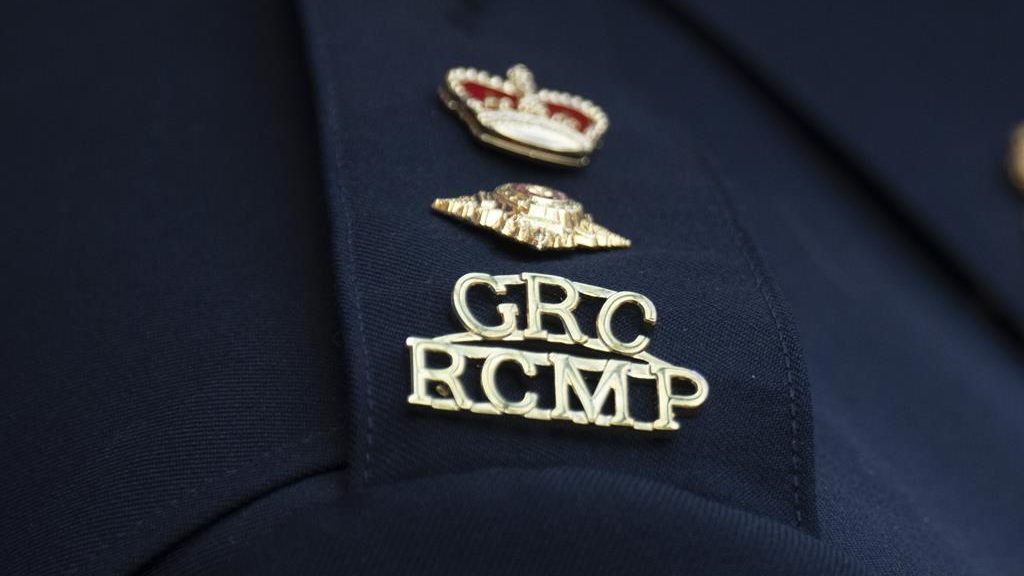Remember This? Ochterloney Street’s Irish Town (3 photos)
Posted Jun 4, 2018 03:44:00 PM.
This article is more than 5 years old.
In the 1830s, the downtown Dartmouth neighborhood around today's Ochterloney Street, from Christ Church to St. Peter Church, was known as Irish Town or Canal Town, for its association with the building of the Shubenacadie Canal (the first phase of canal construction in Dartmouth started in 1826).
According to Halifax Monthly Magazine, May 1831, (found on pages 177 – 178 of Dr. John Martin's The Story of Dartmouth): “The increase in population which the Canal work produced in Dartmouth has occasioned a new settlement about a quarter of a mile from the water. This consists of about 40 huts and houses, raised for the greater part, by the labourers employed at the Canal; and called by some ‘Canal Town’, and by others ‘Irish Town’, because the majority of persons who own the little buildings are natives of Ireland. Irish Town affords a curious specimen of the first steps of civilization in a new country. The log houses and little enclosures are very rude, the stumps of the trees which form them stand all around, and in small openings in the brush, scraps of gardens appear. The settlement also exhibits many primitive features of Irish rural life. On summer evenings, the groups reclining about the doors, show their proper quota of flaxen-haired chubby-cheeked youngsters, while from one or two taverns of the village, the scrapings of a fiddle, the squealings of a bag-pipe and the shuffling of feet announce that the labors of the day were not sufficient to bow the everlasting mind, or to prevent zeal for the evening’s exercise and pleasure. A hurley match, a game at balls or bowls, throwing the sledge, leaping, or a jog, are commonly resorted to, as amusements after the work of the weekday, or the devotions of the Sabbath. The last houses of Irish Town are within about a stone’s throw of the ‘Church with the steeple’; and the first houses of Dartmouth are within a stone’s throw at the other side of the Church, so that a junction may be formed, and Irish Town becomes a suburb of its older neighbor.”
John Martin, on page 178 of The Story of Dartmouth, writes; “The location of the Canal huts east of Christ Church is quite definite here. Of course, Victoria Road and Pine Street were not then laid out. There may have been more huts along Crichton Avenue on St. Peter’s School grounds. Others were possibly built on the sloping area bordering the east bank of the Canal from Hawthorne Street to Nolan Street, because that elevated space was long known as the ‘Canal Field’.”
On page 170, he writes, in referring to the early 1830s, that; “The newspapers about this time had many more items concerning Dartmouth, than ever before. The Canal cottages were no doubt along Ochterloney Street for the convenience of workmen at the new Circular Dam and the new Locks near the Starr Works, as the following newspaper item suggests: ‘Dartmouth – Several new houses have been erected this spring. Others are being repaired and enlarged. A few rods about the Church, a new village has arisen almost spontaneously in the wilderness. The Dartmouth Canal Locks are progressing rapidly, and on a working day a visitor may see in miniature, some of the wonders of art which we hear of from other countries.'”
Commonly known as the last surviving house of Dartmouth’s Irish Town, 133 Ochterloney Street, next door to popular downtown Dartmouth family-run pizza place The Hungry Hut, dates to at least 1846.
According to Lakes, Saltmarshes and the Narrow Green Strip – Some Historic Buildings in Dartmouth and Halifax County’s Eastern Shore, page 20: In 1846 this lot was bought by William Beighan (or Behan) from Alexander Farquharson for £45, which suggests the presence of a dwelling. Dr. Martin, in The Story of Dartmouth, says the house was built by William Behan – at any rate he was definitely living there in 1846 as there is a record of mortgage at that time. . . .Two of the Behans, Jack and his son Clifford, grandson and great grandson of William, walked across Canada in 1921, selling postcards to help pay their expenses. This excursion has been the subject of a T.V. program by Pierre Burton and is one of the stories in his book My Country, published in 1976 by McClelland and Stewart.”
Many people in Dartmouth are descended from canal workers and their families who would have lived in the area of Irish or Canal Town. Irish canal workers would have attended St. Peter's Church (located today on Maple Street) whereas Scottish canal workers would have attended St. James' Church (located today on Portland Street).
In recent years, Irish Town has been commemorated by renaming the Pine Street extension (below Ochterloney Street) to Irishtown Road. Nearby, off of Prince Albert Road across from the Starr Site, is a small, historic African Nova Scotian community, worthy of commemoration and recognition.
David Jones is an archaeologist and historian from Dartmouth, Nova Scotia. Thursdays at Noon, he has a weekly thirty minute history segment on The Rick Howe Show, NEWS 95.7. David is a longtime fan of The Hungry Hut, located next door to 133 Ochterloney Street, the last known surviving house of Irish Town. He is a descendant of Andrew Malcom, a Scottish blacksmith who lived near today's King Street fire station and worked on the first phase of the Shubenacadie Canal.










